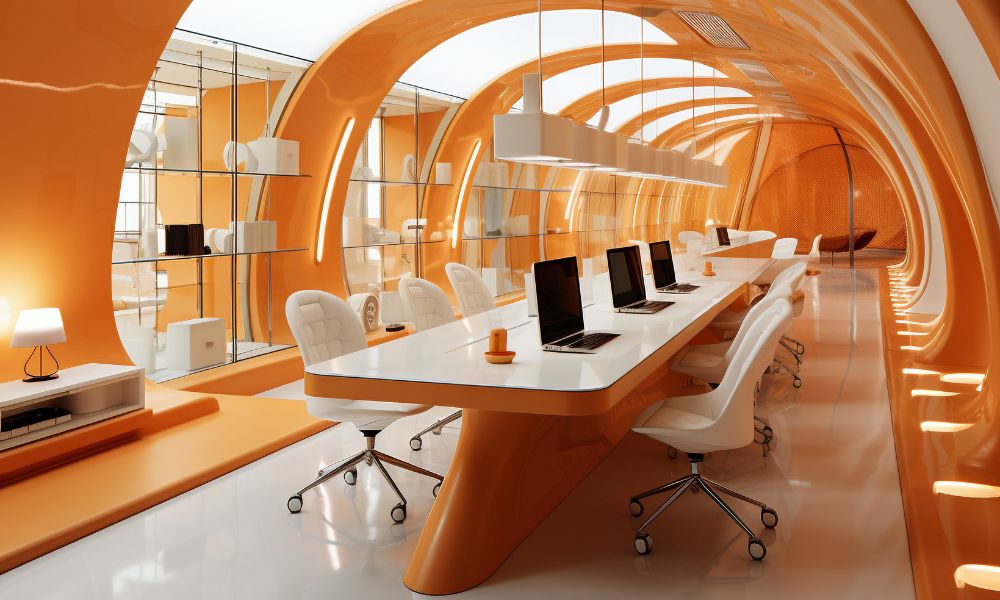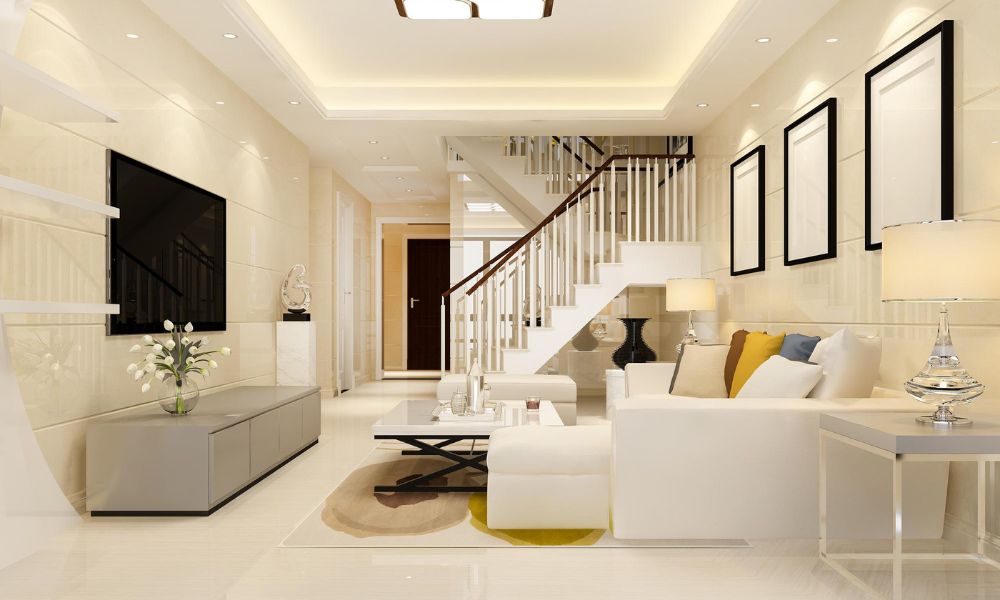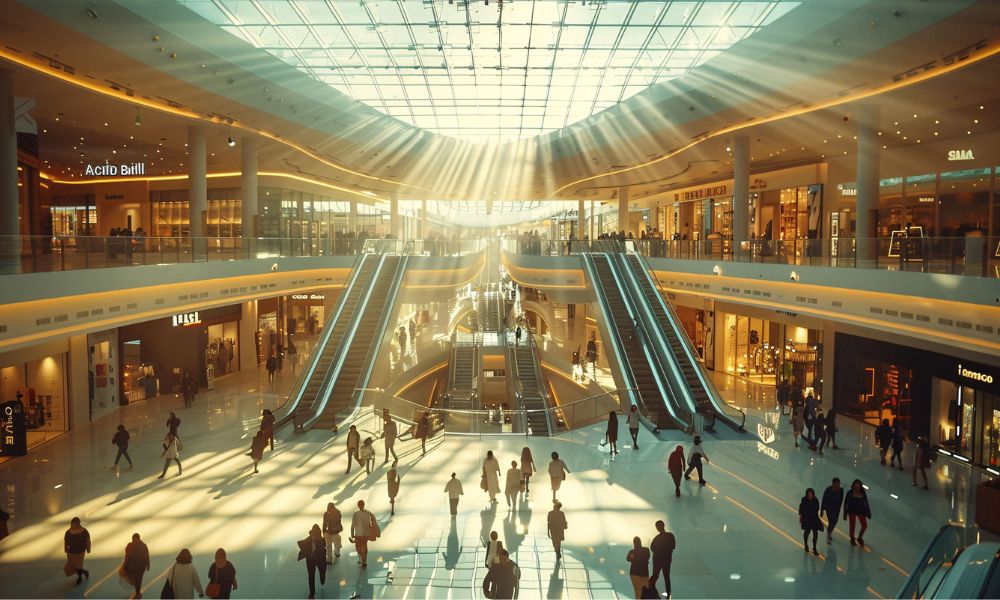Explore how residential architecture shapes modern living and comfort through innovative, sustainable, and human-centered home design.
A home is more than a place to sleep — it’s where life unfolds, memories are made, and comfort defines daily living. In today’s fast-paced world, residential architecture plays a vital role in shaping spaces that adapt to modern lifestyles while preserving warmth, beauty, and personal identity.
From open-plan designs that foster connection to eco-friendly solutions that reduce environmental impact, the art of residential architecture goes beyond construction. It’s about creating homes that balance style, functionality, and well-being. In this article, we’ll explore how Home Architecture influences modern living and comfort, with insights from leading studios like openarchitectstudio.com.
Why Residential Architecture Matters
Residential architecture impacts how families live, interact, and thrive. A thoughtfully designed home offers:
- Functionality: Efficient layouts that fit diverse lifestyles.
- Comfort: Spaces that promote relaxation, safety, and peace.
- Identity: Design elements that reflect personal taste and cultural roots.
- Longevity: Homes built with quality and adaptability for the future.
In essence, residential architecture shapes not only houses but the lives within them.
Modern Trends in Residential Architecture
Today’s homeowners seek more than four walls; they want adaptable, future-ready spaces.
Open-Concept Living
- Seamless integration of kitchen, dining, and living areas.
- Encourages family interaction and social gatherings.
Smart Home Integration
- Automated lighting, climate control, and security.
- Homes that respond intelligently to residents’ needs.
Minimalist and Functional Aesthetics
- Clean lines and decluttered spaces.
- Emphasis on quality over quantity.
Modern residential architecture reflects a balance of technology, comfort, and lifestyle aspirations.
Sustainability in Residential Spaces
Sustainability is no longer optional — it’s a necessity for modern homes. Eco-conscious architecture enhances comfort while protecting the planet.
Key Sustainable Features
- Solar panels and renewable energy integration.
- Natural ventilation and daylighting to reduce energy use.
- Recycled and local materials that minimize environmental impact.
- Rainwater harvesting systems for eco-smart living.
Sustainable residential architecture not only reduces utility bills but also creates healthier living environments.
Human-Centered Design in Residential Architecture
The best homes are designed around people — their needs, emotions, and connections.
Principles of Human-Centered Homes
- Comfortable interiors: Acoustics, lighting, and temperature tailored to well-being.
- Privacy with connection: Balance between private retreats and social zones.
- Adaptability: Flexible spaces that grow with changing family needs.
Human-centered residential architecture ensures homes remain both functional and emotionally fulfilling.
Storytelling Through Home Design
Every home tells a story — of its inhabitants, their values, and their dreams. Residential architecture captures that narrative through:
- Material choice: Natural wood for warmth, glass for openness.
- Color palettes: Soft neutrals for calm, bold accents for vibrancy.
- Architectural style: Modern, traditional, or hybrid forms that express identity.
When storytelling meets design, homes become timeless reflections of life itself.
Global Inspiration in Residential Architecture
Worldwide, architects are redefining how we live by embracing creativity, sustainability, and functionality. For instance, residential design innovations showcase how thoughtful approaches are transforming comfort in homes across markets.
Internal Inspiration: Open Architect Studio
At residential design insights by Open Architect Studio, the focus is on crafting homes that merge modern comfort with timeless design. Their approach emphasizes sustainability, adaptability, and human-centered living — creating residences that inspire connection and belonging.
Building Homes for Modern Living and Comfort
In a world where our homes are central to life, residential architecture shapes how we experience comfort, functionality, and personal expression. From sustainable innovations to human-centered designs, it’s the foundation of modern living.
The future of comfort lies in homes that reflect who we are while adapting to how we live.
Are you ready to reimagine your residential space into a haven of modern comfort? Let’s create it — together.




